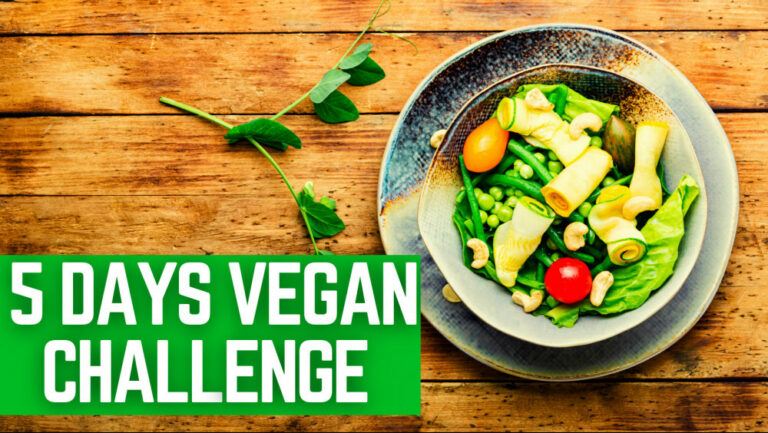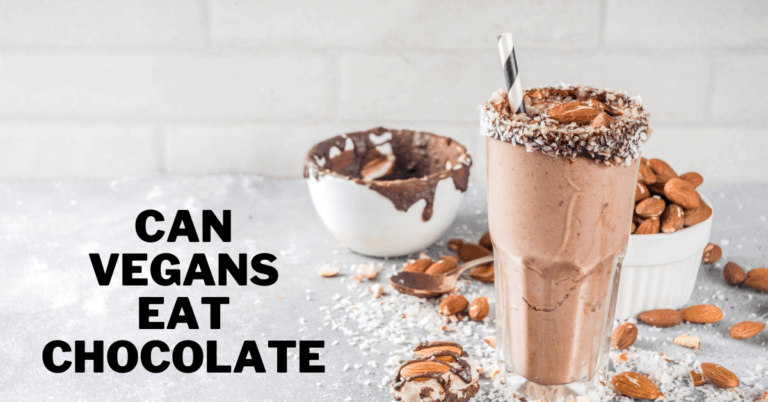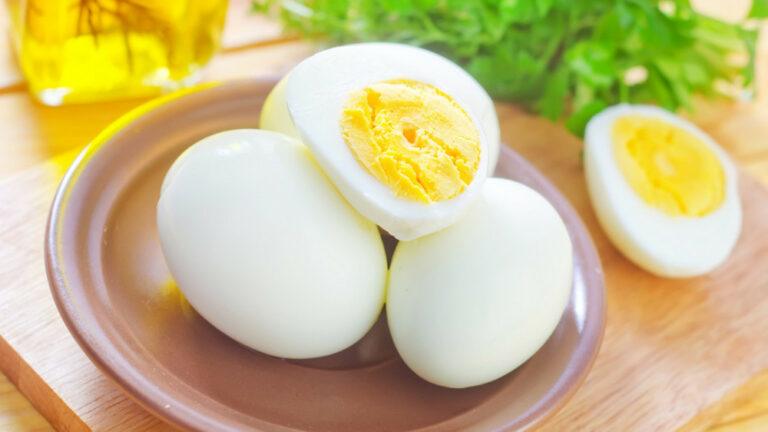Is Feta Cheese Vegan
Is Feta Cheese Vegan?
Feta cheese is a popular and flavourful cheese variety that originates from Greece. It is commonly used in Mediterranean dishes, salads, and appetizers.
However, feta cheese poses a significant dilemma for those following a vegan lifestyle as it is made from dairy.
In this article, we will delve into the details of feta cheese, its ingredients, and why it is not considered vegan.
We will also explore vegan alternatives that capture the feta cheese's tangy and crumbly essence, providing plant-based eaters with equally delicious options for their culinary creations.
Whether you are a seasoned vegan or someone curious about dairy-free alternatives, understanding the characteristics of feta cheese and discovering vegan alternatives can expand your culinary horizons and add exciting new flavours to your dishes.
Let's explore the world of vegan cheese and find out why feta cheese is not on the vegan menu!
What Is Feta Cheese?
Feta cheese is a traditional Greek cheese that has been enjoyed for centuries. It is a type of brined cheese made from sheep's milk, but it can also be made with a combination of sheep's and goat's milk.
The cheese is characterized by its crumbly texture and tangy flavour, resulting from its aging and brining process.
To make feta cheese, the milk is curdled with the help of rennet or other coagulants. The curds are then cut into small pieces, drained of whey, and placed into moulds to take shape.
Afterward, the cheese is immersed in a brine solution, typically made of water, salt, and sometimes other spices or herbs, for several weeks.
This brining process gives feta cheese its distinct taste and texture while acting as a preservative.
Authentic feta cheese is produced in specific regions of Greece and follows traditional methods to ensure its quality and authenticity.
Only cheese made in these locations under the tight guidelines of a protected designation of origin (PDO) product can be called “feta.”
Due to its popularity and versatility, feta cheese has become widely used in various cuisines worldwide.
It is a common ingredient in Greek salads, but it can also be crumbled over pasta dishes, baked into pastries, or enjoyed with some olives and crusty bread.
However, feta cheese is unsuitable for vegans or those following a dairy-free diet, as it is an animal-based product made from milk.
Vegans and individuals with lactose intolerance or dairy allergies must explore alternative options to enjoy feta cheese's distinctive taste and texture without compromising their dietary choices.
Fortunately, several vegan alternatives are available that replicate the flavours and textures of feta cheese, making it possible for everyone to indulge in this classic Mediterranean delight.
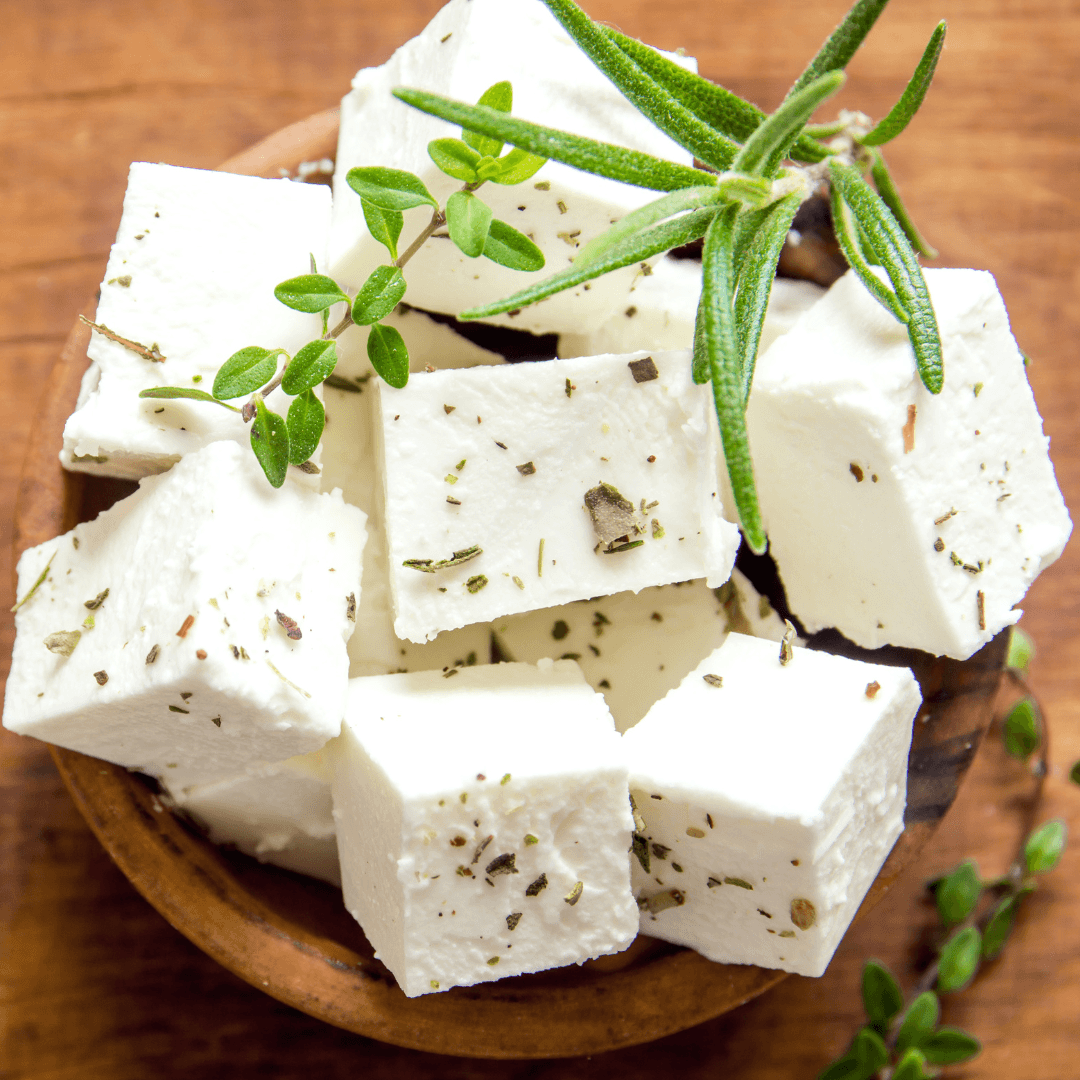
How To Make Feta Cheese
Making feta cheese at home can be a rewarding and delicious experience. While it may require some time and patience, the process is relatively straightforward. Here's a step-by-step guide to making homemade feta cheese:
Ingredients
- 2 litres of whole milk (cow's milk, sheep's milk, or a combination)
- ¼ teaspoon of mesophilic starter culture
- ¼ teaspoon of liquid calcium chloride (if using pasteurized milk)
- ¼ teaspoon of liquid rennet
- ¼ cup of non-chlorinated water
- ¼ cup of cheese salt
- Cheese moulds or a colander lined with cheesecloth
- Cheese brine solution (water and salt)
Method
- Warm the Milk: In a large pot, gently heat the milk to around 86°F (30°C). Stir occasionally to avoid scorching.
- Add Starter Culture: Sprinkle the mesophilic starter culture over the milk's surface and let it hydrate for a minute. Stir it gently into the milk using an up-and-down motion.
- Add Calcium Chloride: If using pasteurized milk, mix the liquid calcium chloride with the non-chlorinated water and add it to the milk, stirring thoroughly.
- Add Rennet: In a separate container, mix the liquid rennet with the same amount of non-chlorinated water and add it to the milk. Stir gently for about 30 seconds.
- Let the Curds Form: Cover the pot and let the milk sit undisturbed for about 1-2 hours, or until you get a clean break when inserting a knife or finger into the curd.
- Cut the Curds: Cut the curds into small cubes using a long knife, creating a grid pattern. Let the curds rest for 5 minutes.
- Cook the Curds: Slowly heat the curds to 105°F (40°C) over 30 minutes, stirring gently to prevent matting.
- Drain the Curds: Transfer the curds to drain excess whey using a slotted spoon or cheesecloth-lined colander.
- Add Cheese Salt: Sprinkle the cheese salt over the curds and mix it thoroughly.
- Press the Cheese: Place the curds into cheese moulds or a colander lined with cheesecloth. Press the cheese at a weight of 5-10 pounds for 2-3 hours, flipping the cheese halfway through.
- Brine the Cheese: Prepare a brine solution with water and salt (about 20% salt). Place the cheese in the brine and refrigerate for 2-3 days, flipping it daily.
- Age the Cheese: After brining, remove the cheese from the brine and pat it dry. Place it in the refrigerator to age for at least two weeks before enjoying it.
Homemade feta cheese can be crumbled over salads, used in Mediterranean dishes, or enjoyed with olives and crusty bread. Store the feta cheese in brine to maintain its freshness and flavour.
Health Benefits Of Feta Cheese
Like other dairy products, Feta cheese has many health advantages when included in a balanced diet and consumed in moderation. The following are a few of the feta cheese's health advantages:
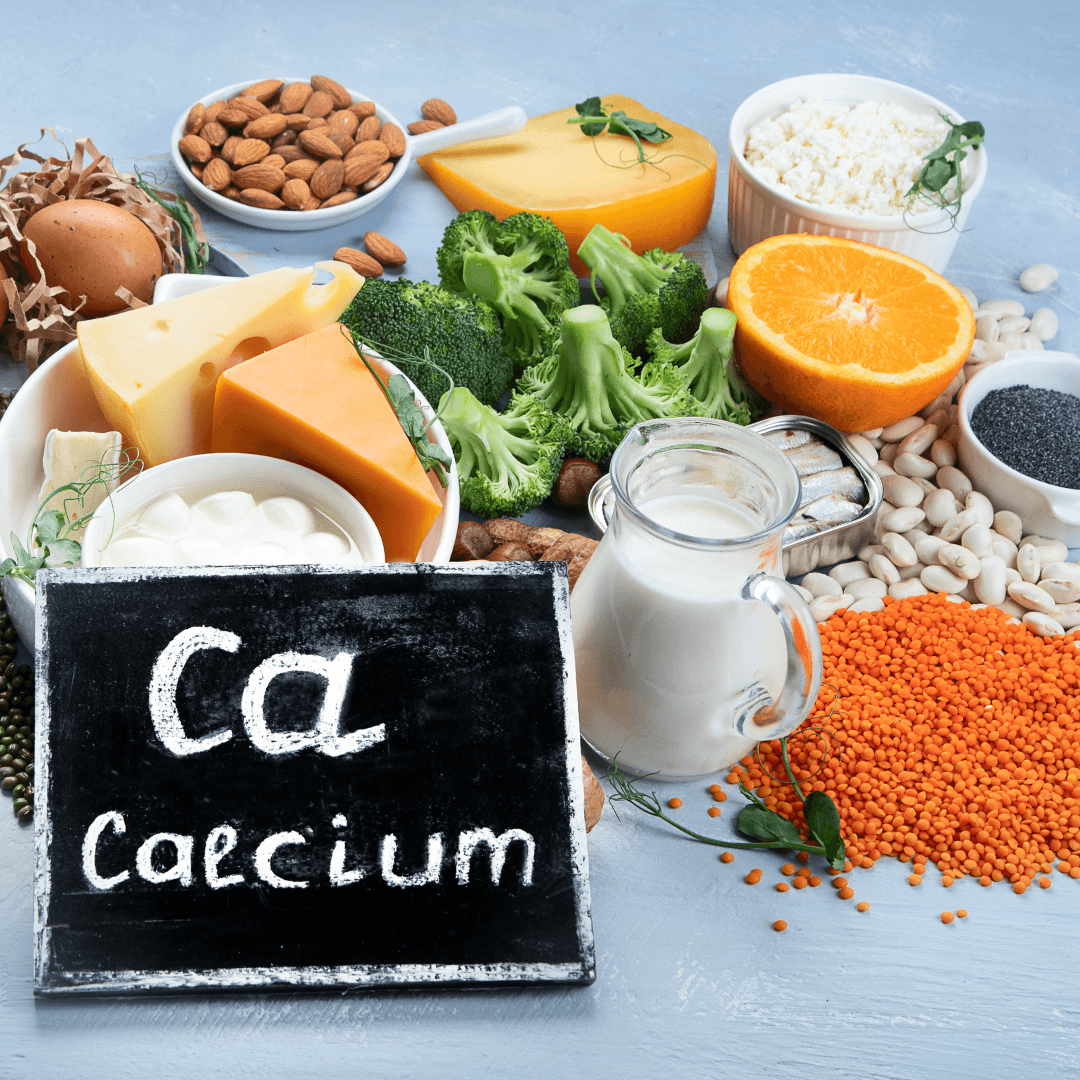
1. Rich In Calcium
Calcium, necessary for healthy bones and teeth, is in good amounts of feta cheese. Adequate calcium intake can help prevent osteoporosis and maintain bone health, especially as we age.
2. Protein Content
Feta cheese is a protein-rich food that benefits muscle repair and growth. Protein is essential for various bodily functions and helps keep us feeling full and satisfied.

3. Vitamin B12
Feta cheese contains vitamin B12, which is crucial for nerve function, DNA synthesis, and the production of red blood cells. Feta cheese can be an excellent supply of this crucial vitamin for people who follow a vegetarian or vegan diet.
4. Probiotics
Feta cheese contains probiotics that promote a healthy gut microbiome like other fermented dairy products.
Probiotics aid digestion, strengthen the immune system and may enhance gut health.
5. Lower In Lactose
Compared to other cheese types, feta has lower lactose content, making it easier for those with lactose intolerance to digest. However, it's still essential to monitor individual tolerance levels.
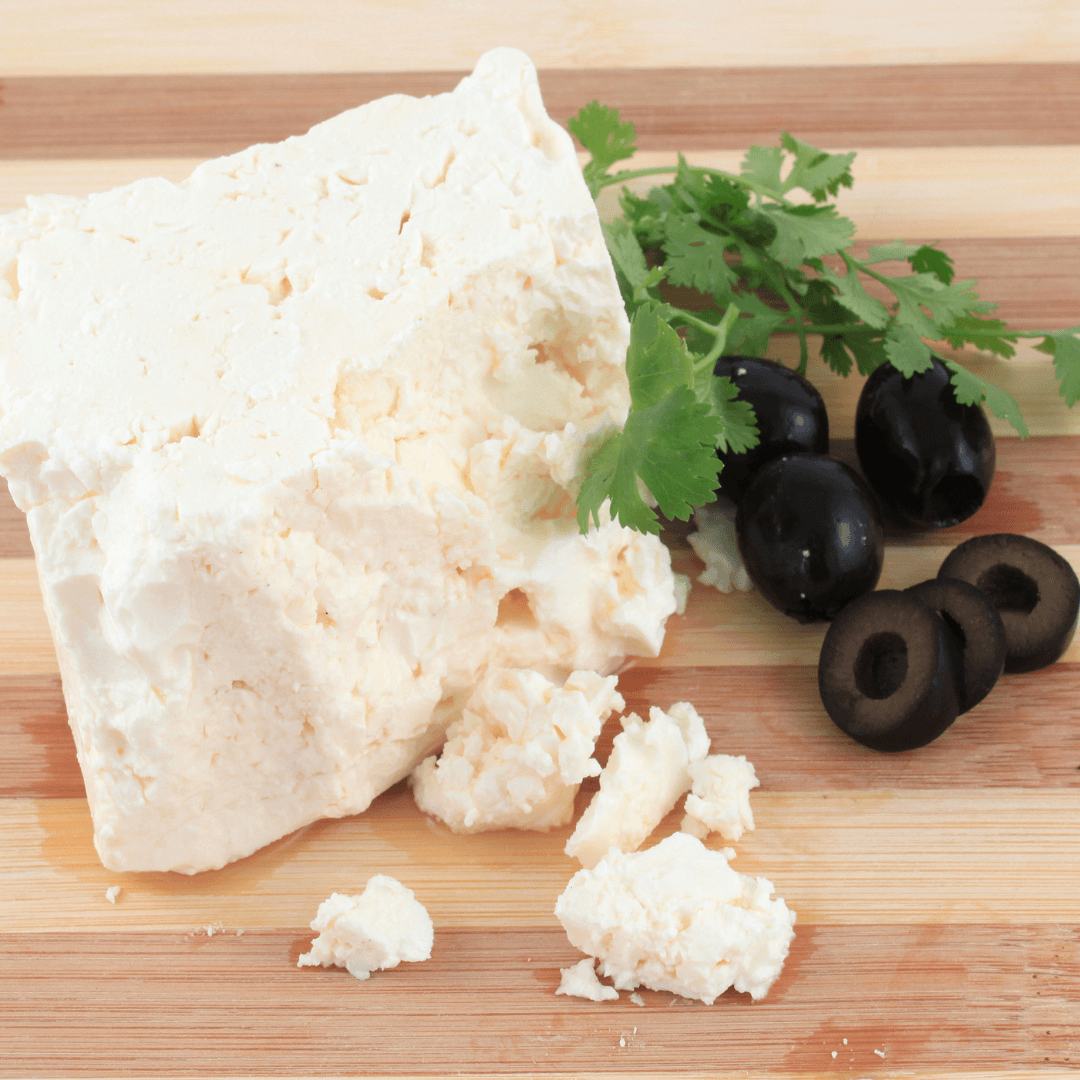
6. Reduced Fat Content
Feta cheese is often made from sheep's or goat's milk, which generally contains less fat than cow's milk-based cheeses. For individuals watching their saturated fat intake, feta can be a healthier cheese option.
7. Rich In Nutrients
Feta cheese contains essential nutrients, including phosphorus, zinc, and selenium. These minerals play vital roles in different bodily functions and support overall health.
8. Enhances Flavours In Dishes
Feta cheese adds a distinct salty and tangy flavour to various dishes, making it a delicious and versatile ingredient in Mediterranean-inspired meals, salads, and appetizers.
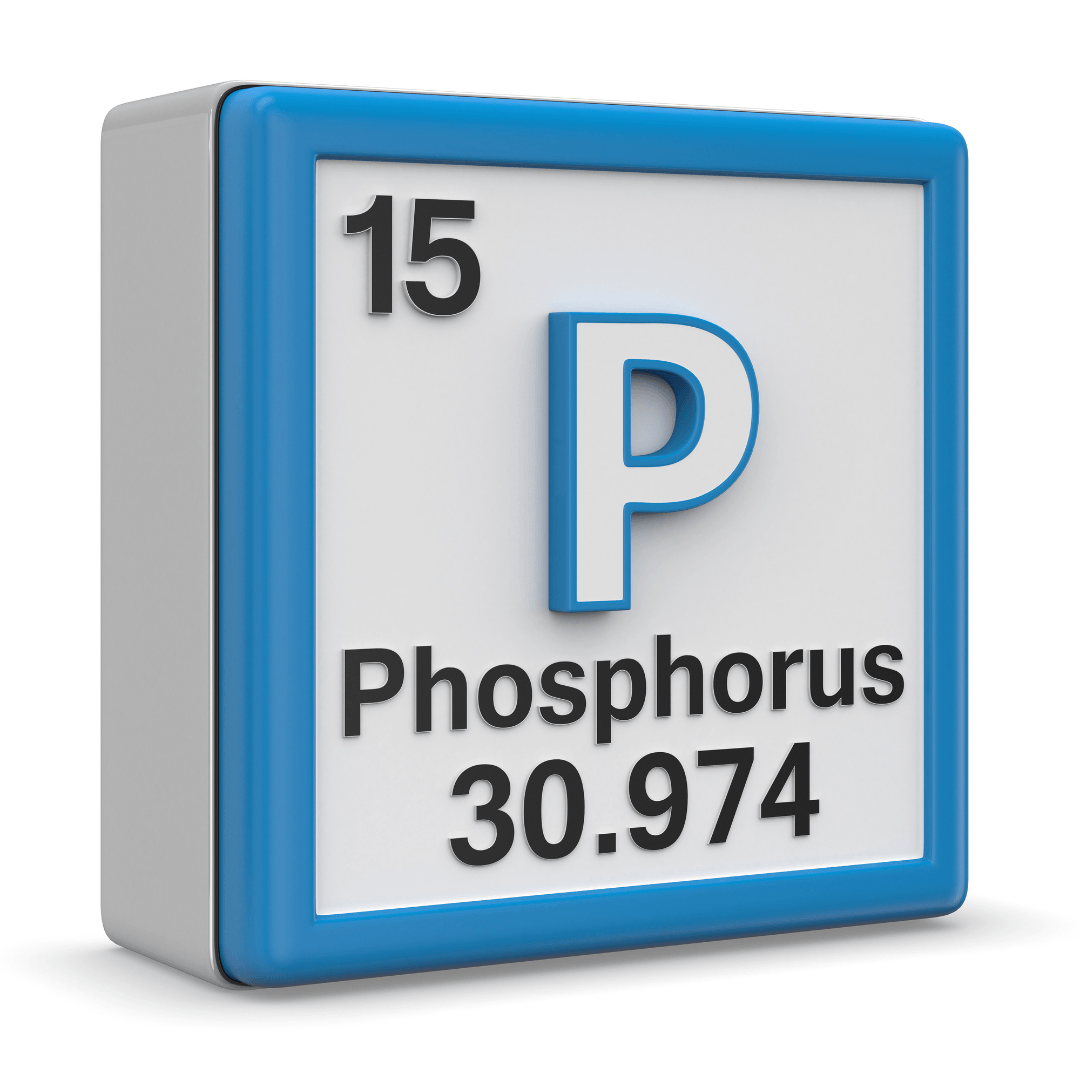
9. Source Of Phosphorus
Feta cheese is a good source of phosphorus, a mineral crucial in bone health, energy production, and nutrient metabolism. Phosphorus works in conjunction with calcium to support strong bones and teeth.
10. Immune System Support
Feta cheese contains zinc, which is essential for a healthy immune system. Zinc plays a role in immune cell function and helps the body defend against infections and illnesses.
11. Heart Health
While feta cheese contains saturated fat, it is lower in saturated fat than many other cheese types. In moderation, feta cheese can be a part of a heart-healthy diet, especially when combined with a diet rich in fruits, vegetables, whole grains, and lean proteins.
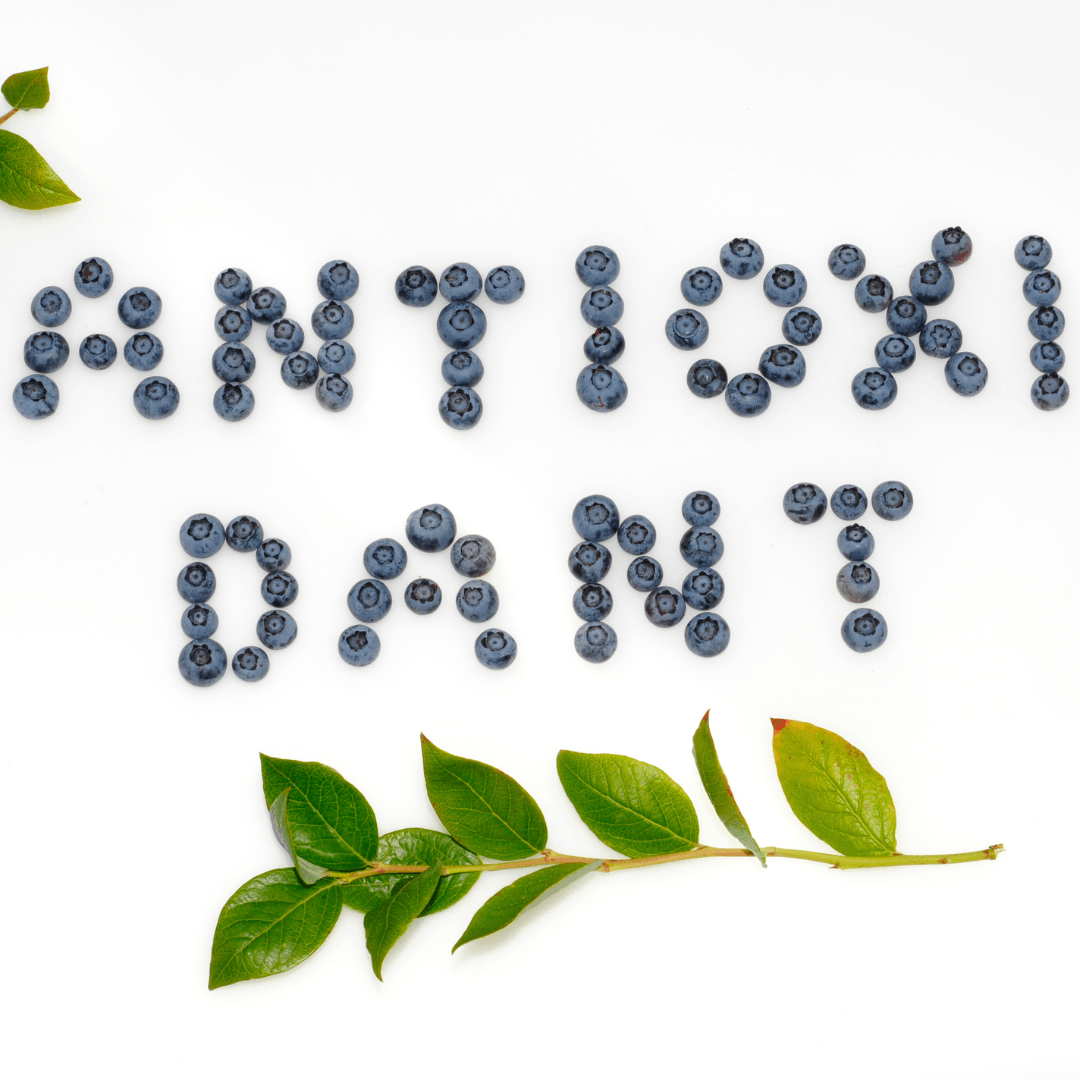
12. Antioxidants
Feta cheese, particularly from sheep's milk, contains antioxidants such as selenium and vitamin E.
Antioxidants aid in defending cells against oxidative damage brought on by free radicals, which can exacerbate chronic illnesses.
13. Low-Calorie Option
Feta cheese is lower in calories than other cheeses. For individuals looking to manage their calorie intake, incorporating feta cheese in their meals can be flavorful.
14. Supports Healthy Weight Management
The protein and fat content in feta cheese can help promote satiety and fullness, which may benefit weight management by reducing overall calorie intake.
15. Versatility In Recipes
Feta cheese's crumbly texture and tangy flavour make it versatile in various recipes. It can be used in salads, omelets, pasta dishes, and baked goods, adding a unique taste and texture.
While feta cheese can provide health benefits, it may not suit everyone. Individuals with lactose intolerance or dairy allergies should avoid feta cheese or opt for lactose-free or dairy-free alternatives.
Additionally, those following a vegan or plant-based diet must choose non-dairy alternatives to enjoy similar flavours and textures in their dishes.
As with any food, moderation and individual dietary needs should be considered when incorporating feta cheese into one's diet.
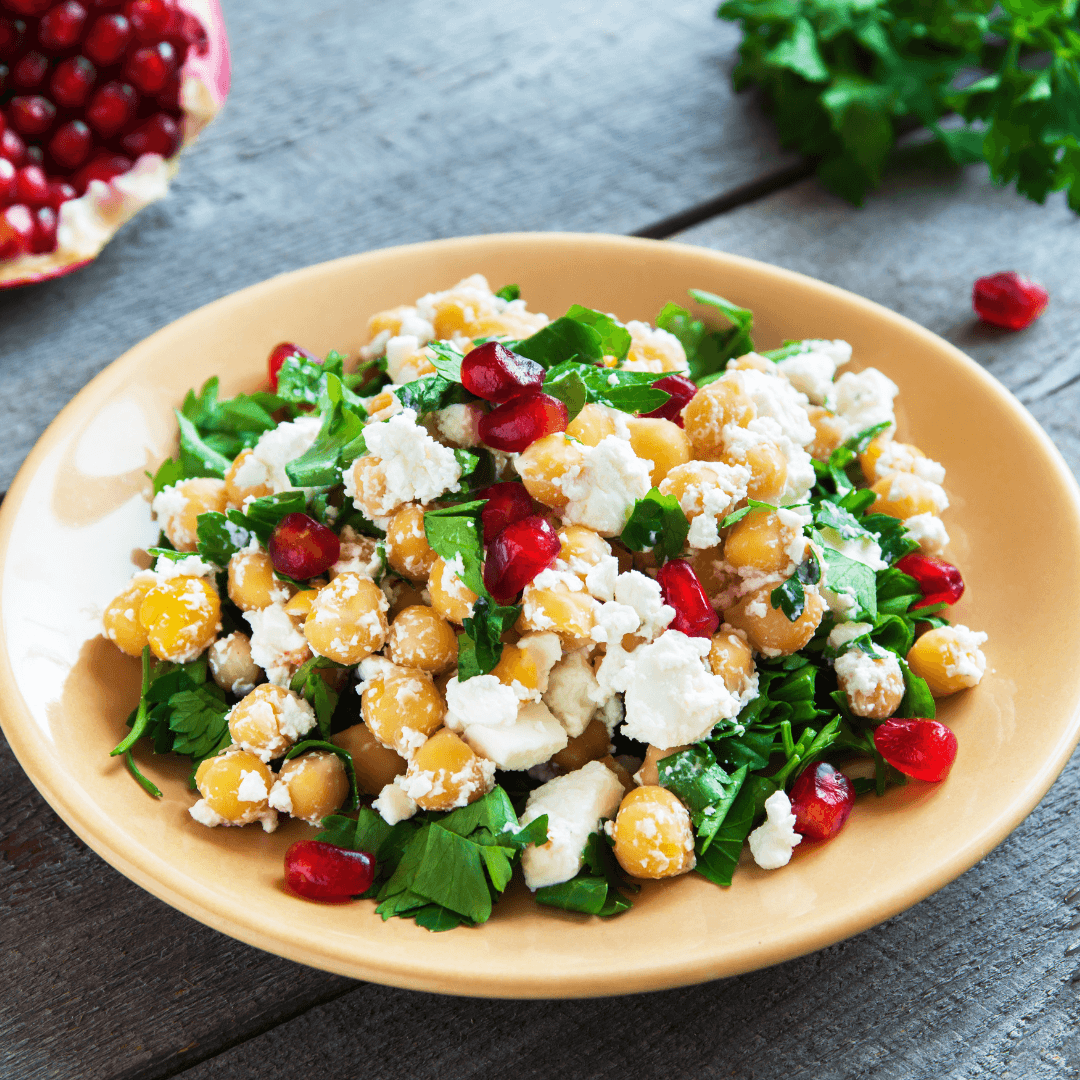
Feta Cheese Recipes
Feta cheese is a versatile ingredient known for its tangy flavour and crumbly texture. Originating from Greece, feta has become a popular addition to various dishes worldwide.
Its unique taste pairs well with a wide range of ingredients, making it a favorite in savoury and sweet recipes.
These recipes showcase the versatility of feta cheese and how it can add a delightful twist to various dishes.
Whether used in salads, main courses, or appetizers, feta cheese's tangy flavour and crumbly texture can elevate the taste of your meals:
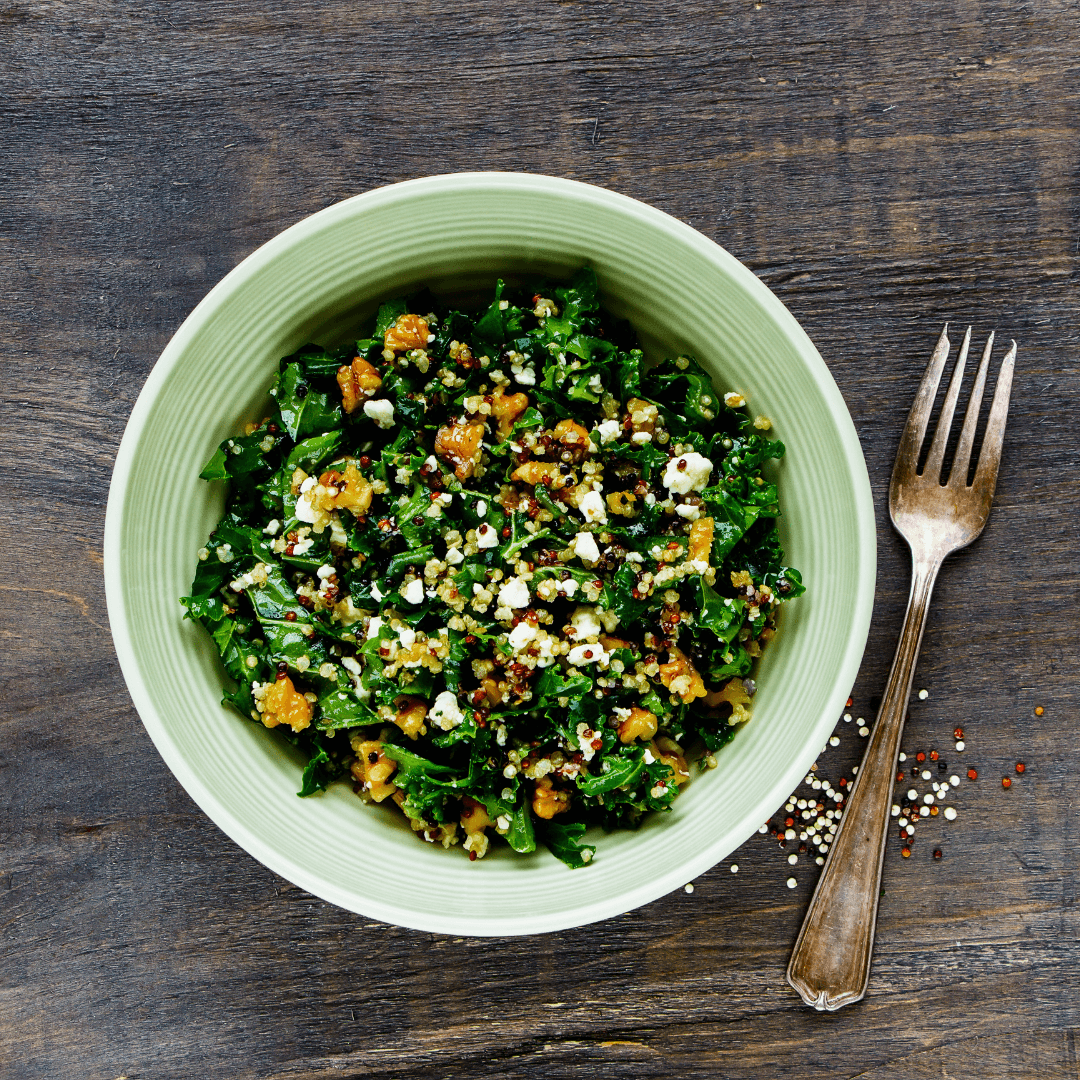
1. Mediterranean Feta Salad
Mediterranean Feta Salad is a delightful and vibrant dish that captures the essence of Mediterranean flavours.
To create this refreshing salad, dice fresh cucumbers, halved cherry tomatoes, and thinly sliced red onions.
Add briny Kalamata olives to the mix, and then generously crumble creamy feta cheese over the top.
Combining textures and flavours creates a harmonious blend that bursts with freshness and tanginess.
Drizzle extra-virgin olive oil and freshly squeezed lemon juice over the salad to enhance the taste, infusing it with a zesty and bright note.
Finally, sprinkle some dried oregano to add an earthy, aromatic touch reminiscent of the Mediterranean region.
This salad perfectly accompanies grilled meats, seafood, or a main course of roasted vegetables. It can also be enjoyed as a light and satisfying lunch option.
With its simplicity and bold flavours, the Mediterranean Feta Salad is a go-to recipe for warm-weather gatherings, potlucks, or anytime you crave a taste of the Mediterranean in a single, refreshing dish.
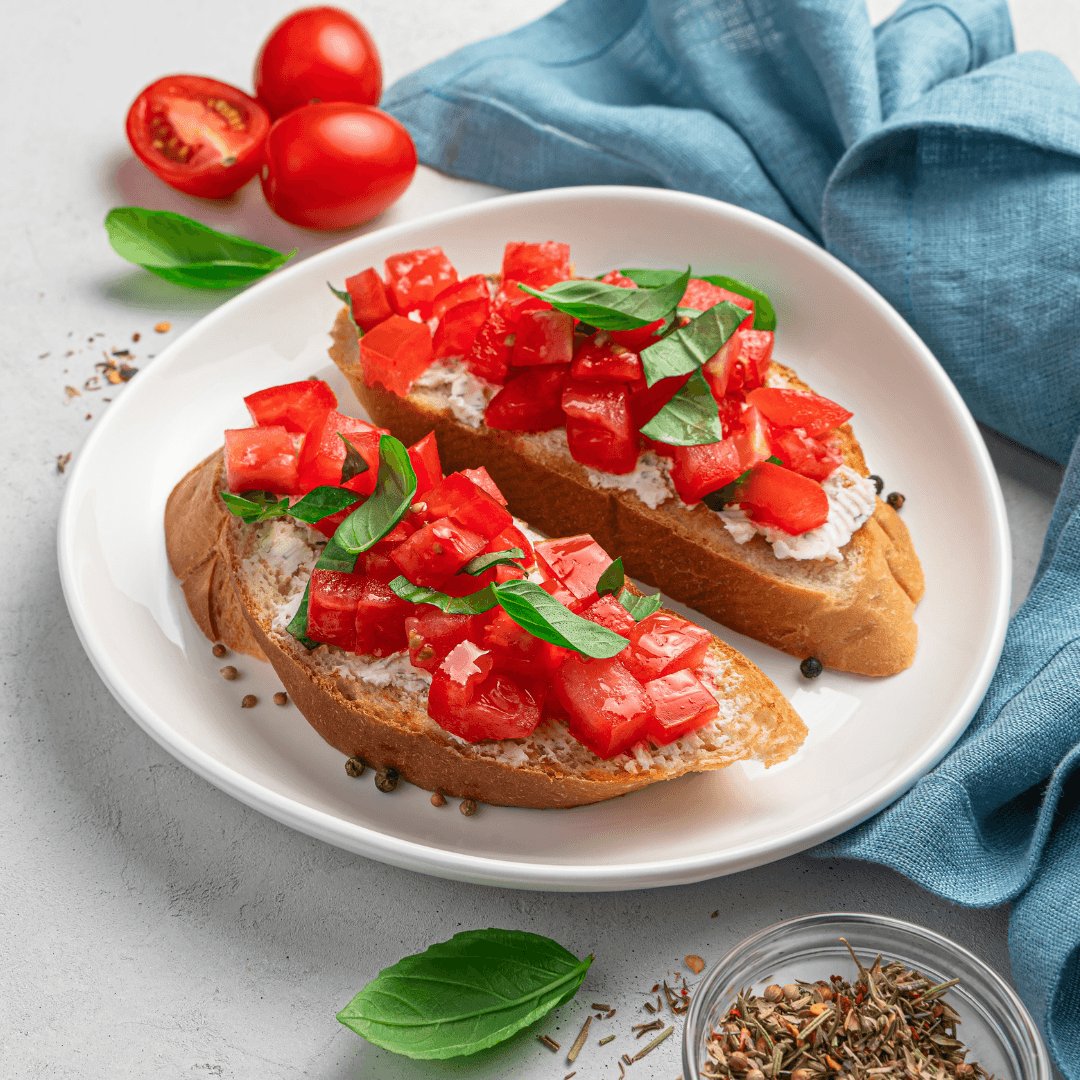
2. Tomato, Basil, And Feta Bruschetta
Tomato, Basil, and Feta Bruschetta is a delectable appetizer that combines the vibrant flavours of ripe tomatoes, fragrant basil, and savoury feta cheese.
To prepare this delightful dish, start by slicing a baguette into thin pieces and toasting them until they turn golden and crispy.
Meanwhile, dice ripe tomatoes and chop fresh basil leaves, creating a colourful and aromatic topping.
Once the baguette slices are ready, generously layer them with the tomato and basil mixture, allowing the flavours to meld together.
To elevate the taste, crumble creamy feta cheese over the top, adding a delightful tanginess to each bite.
For the finishing touch, drizzle a rich balsamic glaze over the bruschetta, infusing it with a sweet, tangy note that perfectly balances the flavours.
This appetizer is visually appealing and bursting with refreshing and satisfying tastes. Whether served at a dinner party or enjoyed as a light snack, the Tomato, Basil, and Feta Bruschetta is a crowd-pleaser that highlights the best summer produce and Mediterranean flavours in one delightful bite.
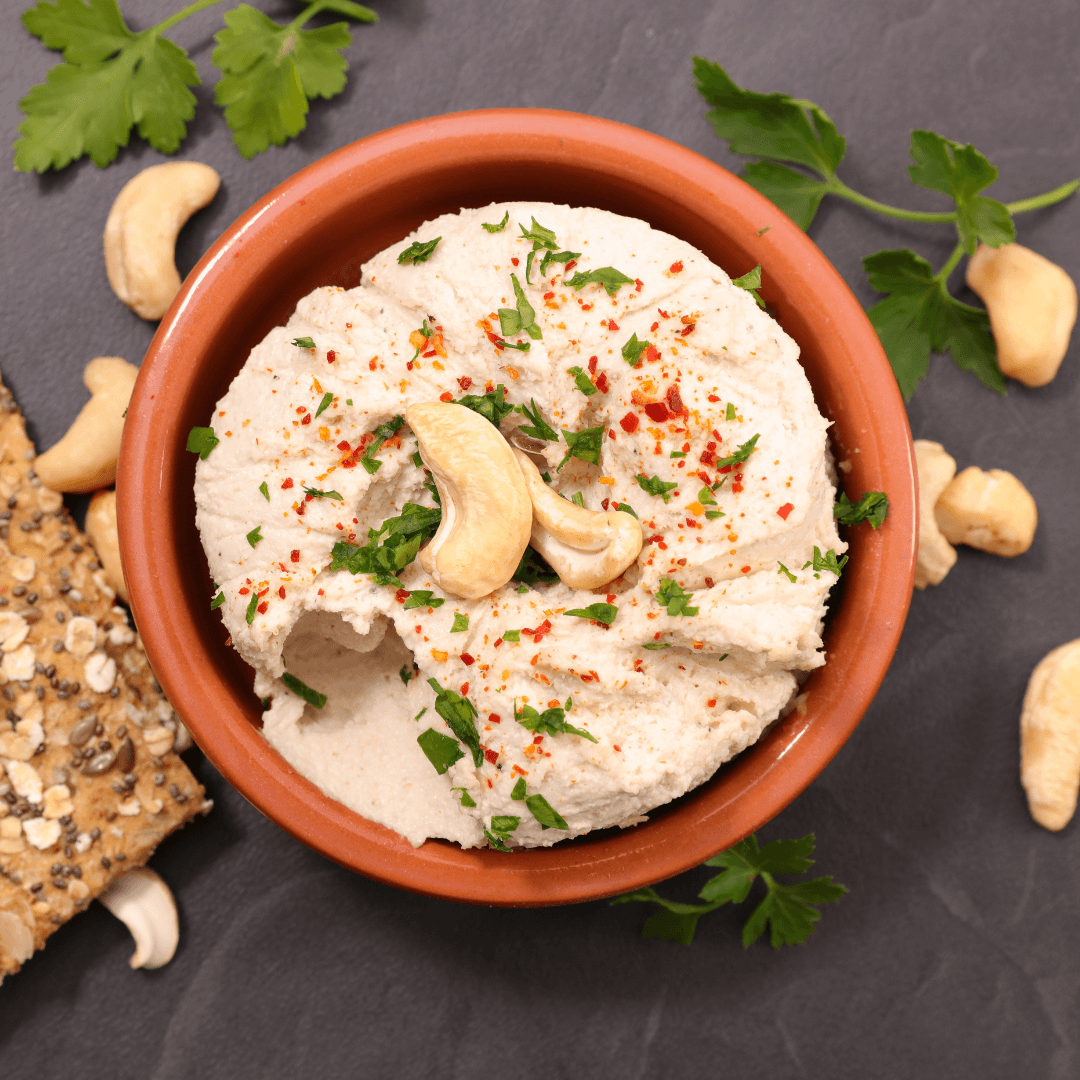
3. Vegan Cashew Feta Cheese
Vegan Cashew Feta Cheese is a delightful dairy-free alternative that captures traditional feta cheese's tangy and crumbly characteristics.
To prepare this plant-based version, start by soaking raw cashews in water for several hours or overnight.
This softens the cashews, making them easier to blend into a creamy texture. After draining and rinsing the cashews, combine them in a high-speed blender with lemon juice, apple cider vinegar, nutritional yeast, garlic powder, and a pinch of salt.
The lemon juice and vinegar lend a zesty flavour reminiscent of feta's tanginess, while the nutritional yeast contributes a savoury note.
Blend the ingredients until they are velvety and smooth to make the mixture resemble traditional feta cheese.
To allow the mixture to firm up and acquire its distinctive crumbly texture, transfer it to a container and place it in the refrigerator for a few hours.
Once the vegan cashew feta cheese has been set, it can be used in various ways. Sprinkle it over fresh salads for a burst of flavour, toss it with pasta dishes for a creamy element, or use it as a delightful topping for vegan bruschetta.
This versatile vegan cheese brings a delicious twist to many dishes, making it a must-try for those following a plant-based diet or seeking dairy-free options.

4. Feta And Spinach Stuffed Mushrooms
Feta and Spinach Stuffed Mushrooms are a mouthwatering appetizer that combines the earthy flavours of mushrooms with the savoury notes of sautéed spinach and the tanginess of feta cheese.
To prepare this delectable dish, clean and remove the stems from large mushrooms, creating a cavity to hold the filling.
In a pan, sauté fresh spinach with minced garlic until it wilts and releases its flavours. Once the spinach is cooked, mix in crumbled feta cheese, allowing it to melt slightly and infuse the greens with its distinct taste.
Carefully spoon the spinach and feta mixture into the mushroom caps, filling each one generously.
Place the stuffed mushrooms on a baking sheet and bake them in the oven until they become tender and the cheese is melted, creating a delightful combination of textures and flavours.
The result is a delightful fusion of hearty mushrooms, vibrant spinach, and the irresistible creaminess of feta cheese.
These stuffed mushrooms make for an elegant appetizer or a delightful addition to any party spread, impressing vegans and non-vegans alike with their irresistible taste.
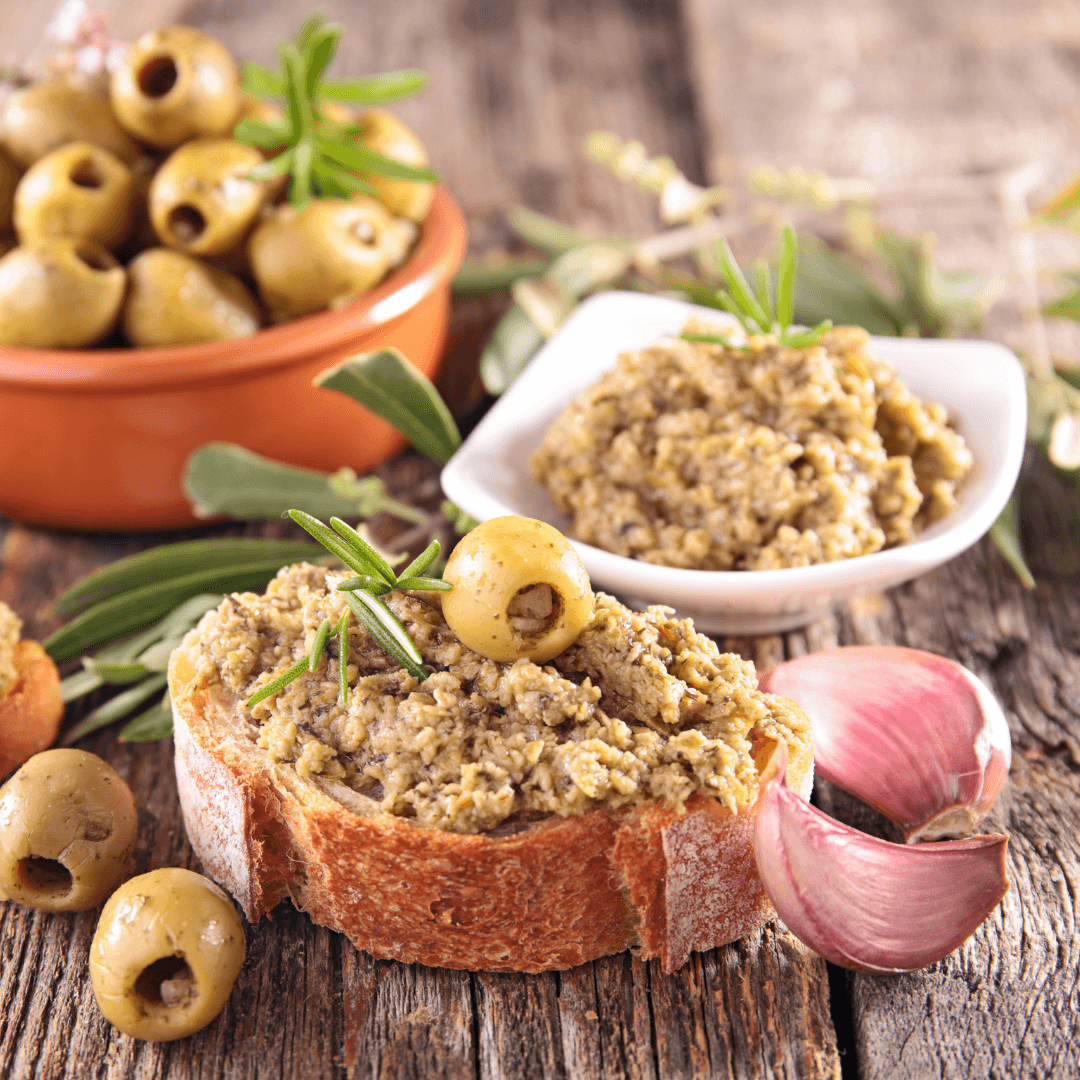
5. Feta And Olive Tapenade
Feta and Olive Tapenade is a savoury, tangy spread that bursts with Mediterranean flavours. To create this delectable tapenade, blend pitted Kalamata olives, briny capers, minced garlic, and crumbled feta cheese in a food processor.
Pulse the ingredients until they form a chunky paste with a harmonious blend of tastes and textures.
The salty and rich flavours of the olives pair perfectly with the tanginess of the feta cheese, while the garlic adds a delightful aromatic note.
The tapenade can be used in various ways to elevate your meals – spread it on toasted bread for a flavorful and satisfying appetizer, or use it as a dip for an array of fresh vegetables, adding a burst of savoury goodness to each bite.
Whether hosting a gathering or simply seeking a quick and delicious snack, this Feta and Olive tapenade will impress your taste buds and leave you craving more of its delightful Mediterranean charm.
Enjoy the robust flavours of this vegan alternative and savour the taste of the Mediterranean in every mouthful.
Conclusion
Feta cheese is unsuitable for those following a vegan lifestyle, as vegans avoid all animal-derived products, including dairy.
However, many delicious and convincing vegan alternatives to Feta cheese are available, made from plant-based ingredients like tofu, nuts, or oils.
These vegan options offer a similar taste and texture to traditional Feta cheese, allowing individuals to enjoy the flavours they love while still adhering to their ethical and dietary choices.
Whether you are lactose intolerant, have dairy allergies, or follow a vegan diet, opting for vegan Feta cheese alternatives ensures a cruelty-free and compassionate way to enjoy this popular cheese variety.
So, while traditional Feta cheese is not vegan, plenty of delectable plant-based options suit a vegan lifestyle.
I trust you enjoyed reading the article on Is Feta Cheese Vegan? Please stay tuned. There are more blog posts to come very shortly.
JeannetteZ
>>>Want To Learn How To Create Delicious, Cruelty-Free, Healthy AND 100% Vegan Meals? Try These Awesome Vegan Cooking Courses With A Free 7-DAY MEMBERSHIP<<<
Your Opinion Is Important To Me
Ideas? Thoughts? Questions? I would love to hear from you. Please leave me your questions, experience, and remarks about Is Feta Cheese Vegan in the comments section below. You can also reach me by email at Jeannette@LivingTheVeganLifestyle.org.
>>>Please click here to read more about the Vegan Diet on Wikipedia<<<
Disclosure
This post may contain affiliate links. I earn from qualifying purchases as an Amazon Associate and other affiliate programs. Please read my full disclosure.



